Have you ever noticed how a cat might cozy up to your sister but keep a wary distance from your dad? Or maybe your own feline friend seems to have a clear preference for the ladies, or perhaps the gents? It’s not all in your imagination. Cats really do react differently to men and women. This quirky, mystifying fact has fascinated cat owners and researchers alike for years. It sparks questions, laughter, and sometimes even a touch of jealousy. Let’s unravel the reasons behind this furry mystery and dive deep into the heart of feline behavior.
First Impressions: The Power of Voice

The first thing a cat often notices about a person is their voice. Men and women usually have very different pitch and volume when they speak. Cats have sharp hearing and can pick up on even subtle differences. Many cats are drawn to the softer, higher-pitched tones more commonly found in women’s voices. These tones can seem less threatening and more soothing. Men, with deeper voices, might accidentally sound intimidating to a nervous or shy cat. That doesn’t mean men can’t win over a cat’s heart, but it might take a bit more patience and a gentler approach. Imagine meeting a giant who booms every word—most of us would be a little cautious, too!
Movement Matters: Approaching Styles

How a person moves around a cat can make a big difference. Women, on average, tend to use slower, smoother gestures and are more likely to crouch down to a cat’s level. Men, on the other hand, might move more quickly or use larger gestures, which can startle some cats. Cats are hardwired to notice sudden or big movements because, in the wild, those could signal danger. A gentle hand and relaxed posture are like an open invitation to a curious kitty. It’s not about gender, really—it’s about the dance of the body and how it’s interpreted by sensitive feline eyes.
Scent and Familiarity: The Smell of Trust

Cats explore their world largely through scent. Men and women have different natural body odors due to hormones, and they might also use different products like cologne, perfume, or lotion. Cats can find unfamiliar or strong scents overwhelming or even off-putting. A cat might take longer to warm up to a new scent, especially if it’s strong or unusual. Some cats even seem to prefer the gentler or more familiar scents they associate with their favorite human. It’s as if each person carries an invisible “scent signature” that cats are constantly reading and reacting to.
Energy Levels: Calm vs. Excitable

Many cats are sensitive to the energy in a room. Women are often, though not always, perceived as having a calmer presence around cats, especially since they may use gentler voices and slower movements. Men might be more boisterous or energetic, which can either intrigue or unsettle a cat, depending on its personality. Highly active kittens might love a playful man, while shy or older cats might prefer a quieter environment. Think of it like tuning into the right radio station—cats just want to vibe with the energy that feels best to them.
History and Socialization: Early Experiences
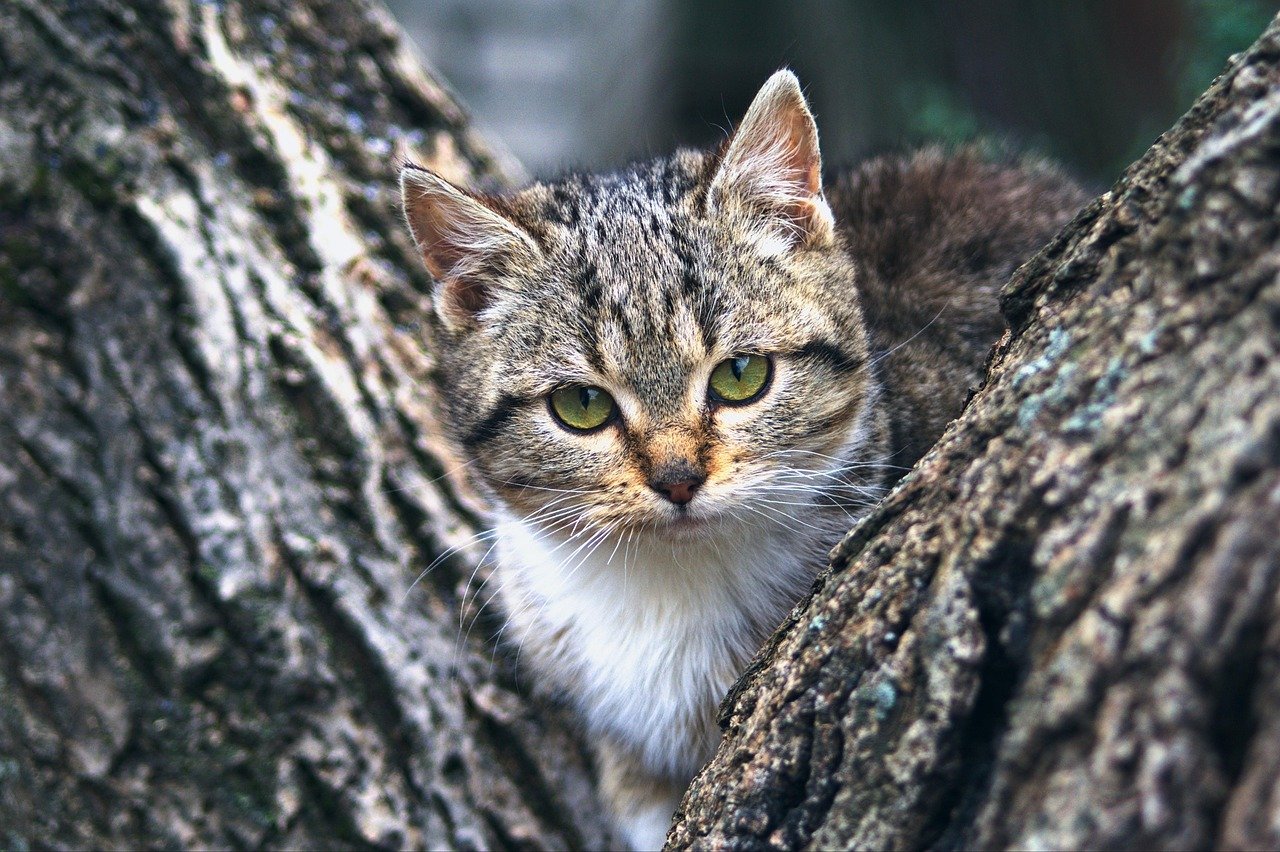
A cat’s reactions to men and women can be shaped by early experiences. If a kitten was mostly handled by women, they may feel more comfortable around women as adults—and vice versa. Negative experiences with a particular gender, such as rough handling or loud noises, can also create long-lasting biases. Socialization during kittenhood leaves a lasting mark. It’s like people remembering their favorite teacher from school—those early memories stick and shape future feelings.
Body Language: Reading the Room

Cats are masters at reading body language. They notice eye contact, posture, and even how close you get to them. Women might be more likely to make soft eye contact and use gentle gestures, signaling friendliness. Men, especially if they’re taller or have broader shoulders, might unintentionally loom over a cat, which can feel intimidating. A cat’s comfort level often depends on how “safe” a person’s body language feels. Even crossing your legs or sitting down can make a big difference to a cautious feline.
Voice Tone and Emotional Resonance

Cats aren’t just listening to words—they’re tuning in to tone and emotion. Higher-pitched, sing-songy voices often sound friendlier to cats. Many women naturally use this tone when talking to animals. Men, who may use more monotone or lower-pitched voices, sometimes sound less expressive to a cat’s ears. Emotional resonance matters, too—cats can sense happiness, frustration, or calm in your voice. If you sound tense, your cat might pick up on that and keep their distance.
Size and Physical Presence
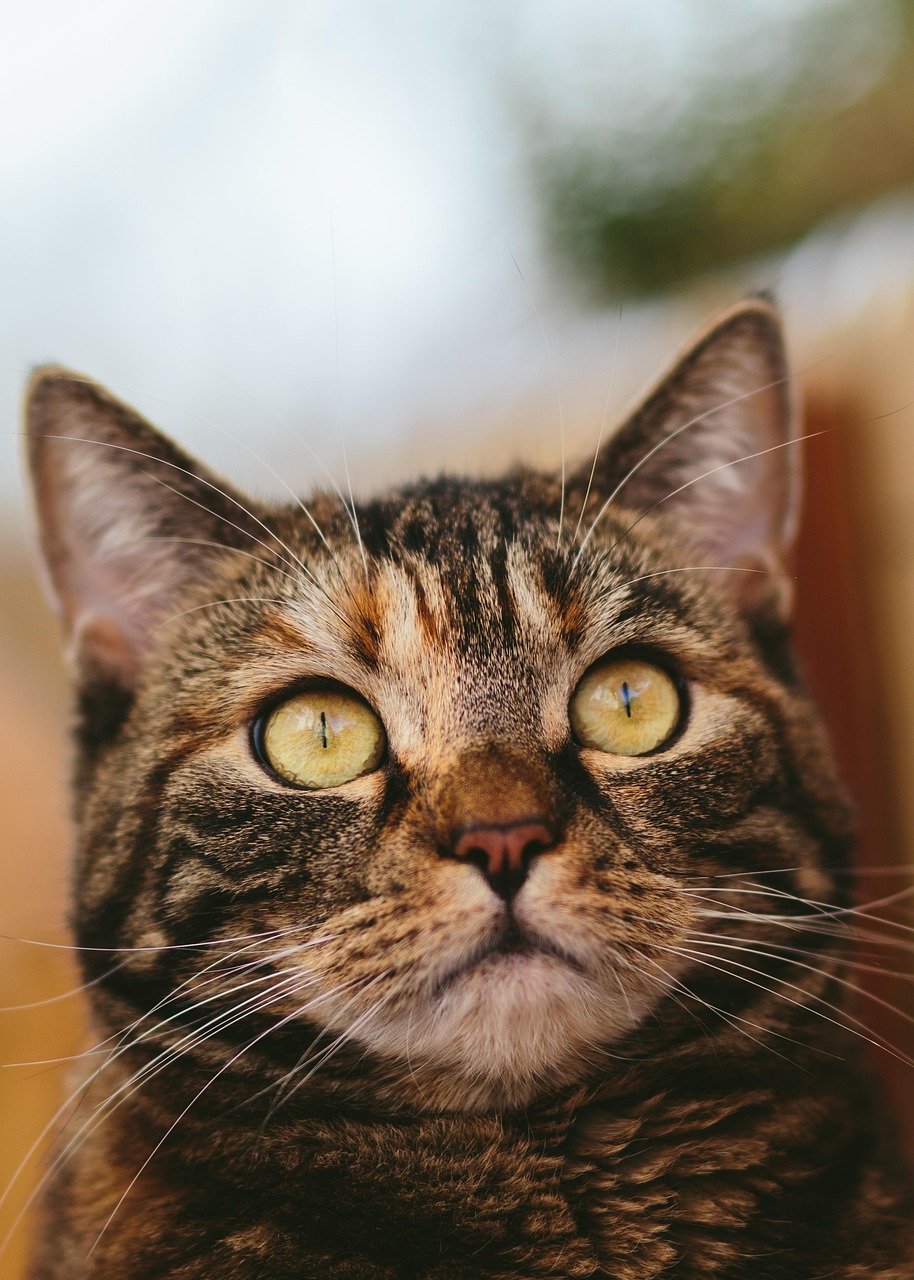
To a cat, size matters. Men are generally taller and larger than women. To a tiny animal like a cat, that difference can be huge and even intimidating. Imagine looking up at a skyscraper that suddenly moves or bends down toward you—yikes! Cats may approach smaller or less imposing people faster, simply because it feels safer. Over time, of course, trust can overcome those first impressions, but size is often the first hurdle.
Touch and Handling Styles
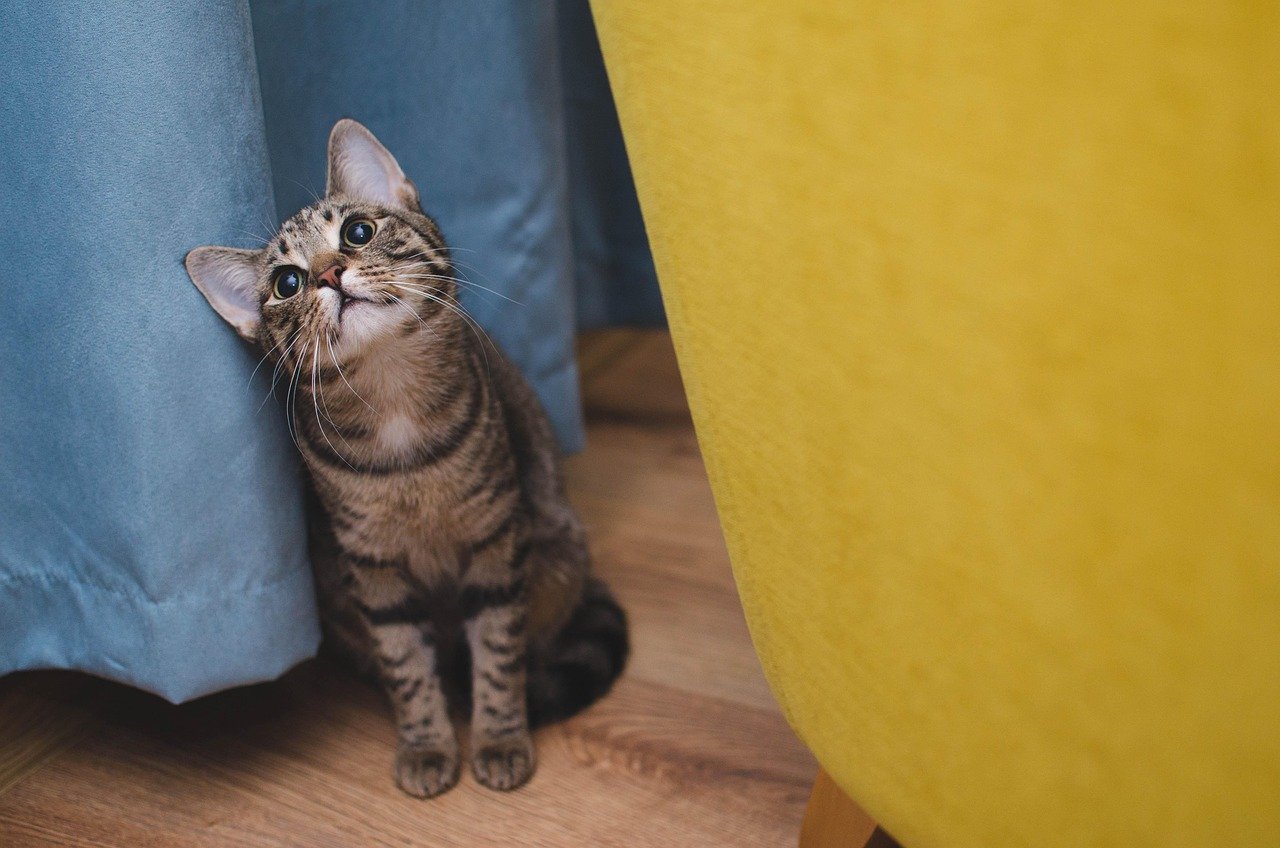
How a person touches or holds a cat can make or break the relationship. Women might be more likely to use gentle petting or light strokes, while men may use broader or firmer hands. Some cats love a firm scratch, but others prefer a delicate touch. Cats are highly individual in their preferences, and they’ll quickly let you know what they like (or don’t). Learning a cat’s favorite way to be touched is like discovering a secret handshake—it creates a special bond.
Behavioral Conditioning: Who Feeds Who?
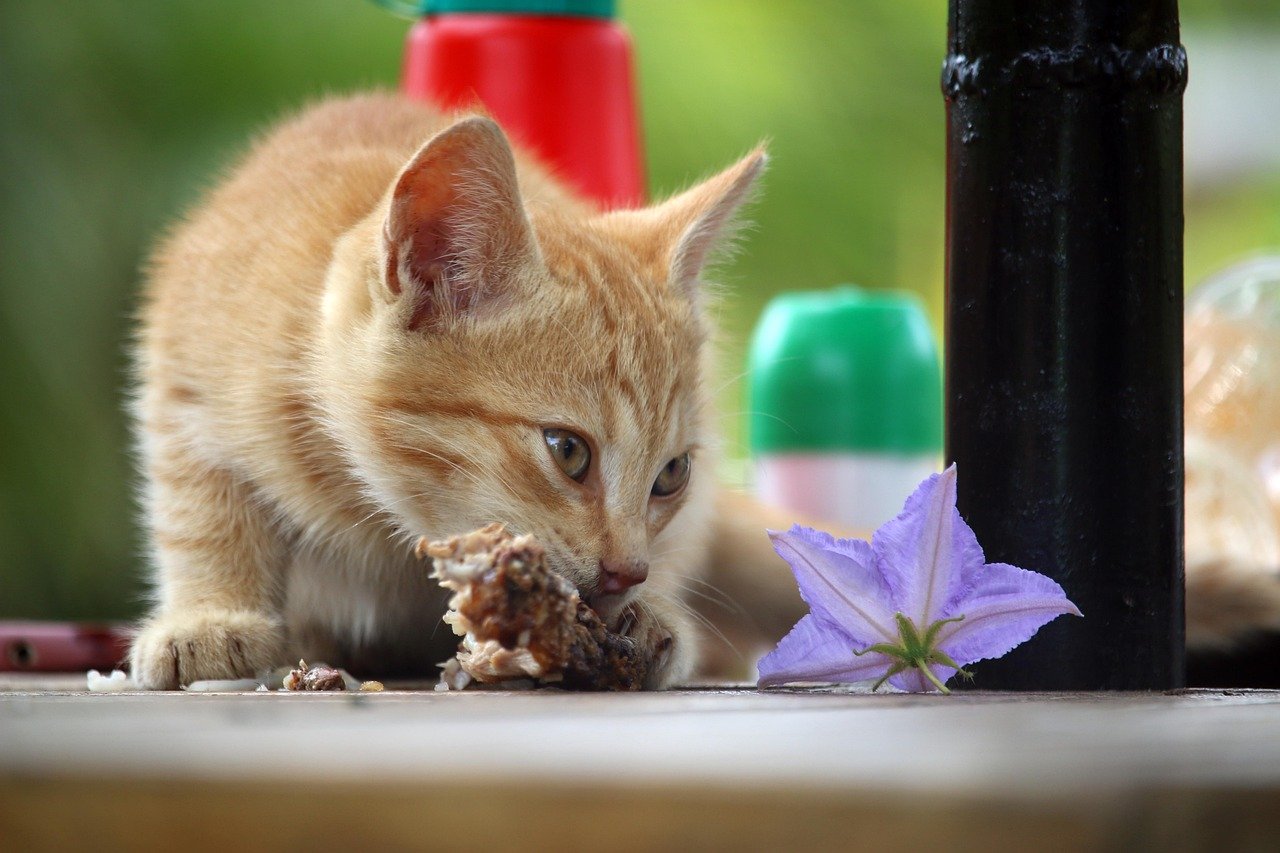
Cats are famous for associating people with food. If a woman is the one who always fills the food bowl, cats might naturally gravitate toward her. On the flip side, if a man doles out the treats, he’ll likely become the favorite. Over time, cats can be “conditioned” to expect good things from a particular person, regardless of gender. Food is a powerful motivator, and cats are quick learners when their stomachs are involved.
Playtime Preferences
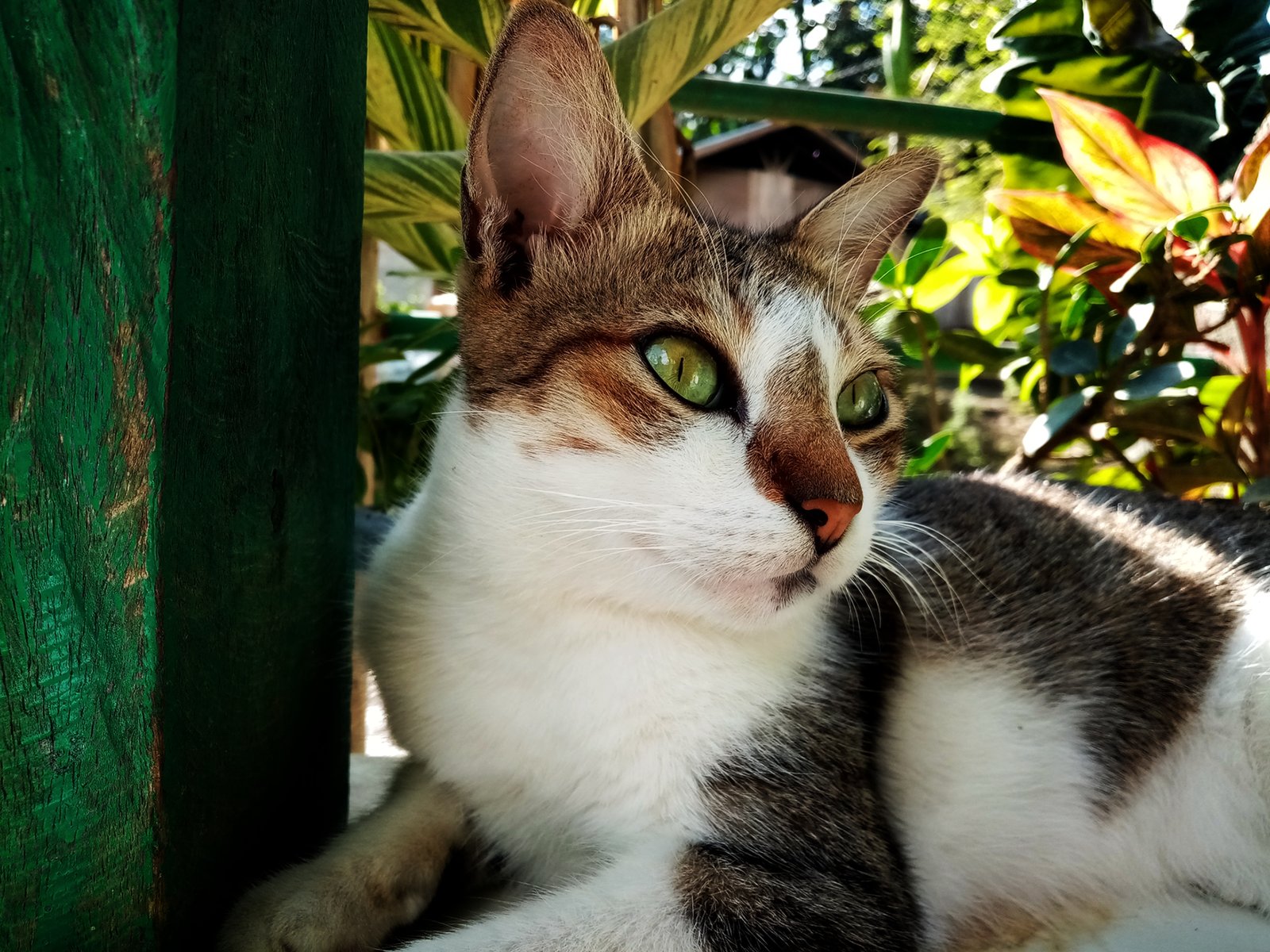
Different people play with cats in different ways. Men might prefer more active games, like tossing toys or using a laser pointer, while women might use softer toys or more gentle play. Some cats thrive on wild, energetic play sessions, while others prefer quieter, more relaxed interactions. A cat’s play style often matches their favorite human’s energy. Finding the right playtime routine is like picking the perfect dance partner—you’ve got to be in sync.
Facial Hair and Appearance
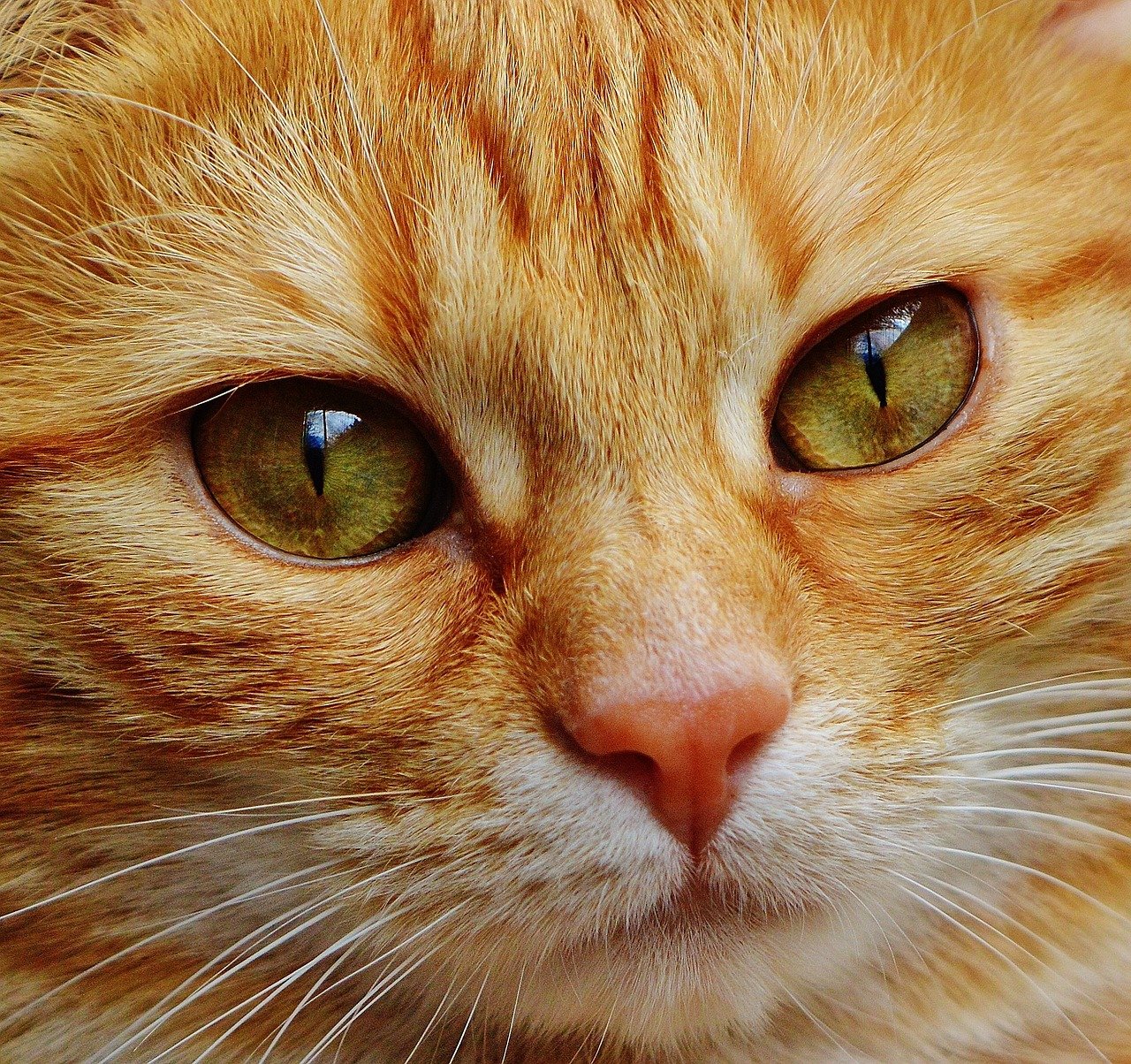
Facial hair, hats, or glasses can all affect how a cat reacts to a person. Some cats are wary of beards or mustaches, which are more common among men. Others might be intrigued or even try to sniff or bat at facial hair. Unusual clothing or accessories can also make a cat hesitate. Just like people, cats can be put off by something unfamiliar or surprising in someone’s appearance. Over time, though, most cats get used to their human’s unique look.
Hormonal Differences: Sensing Subtle Cues
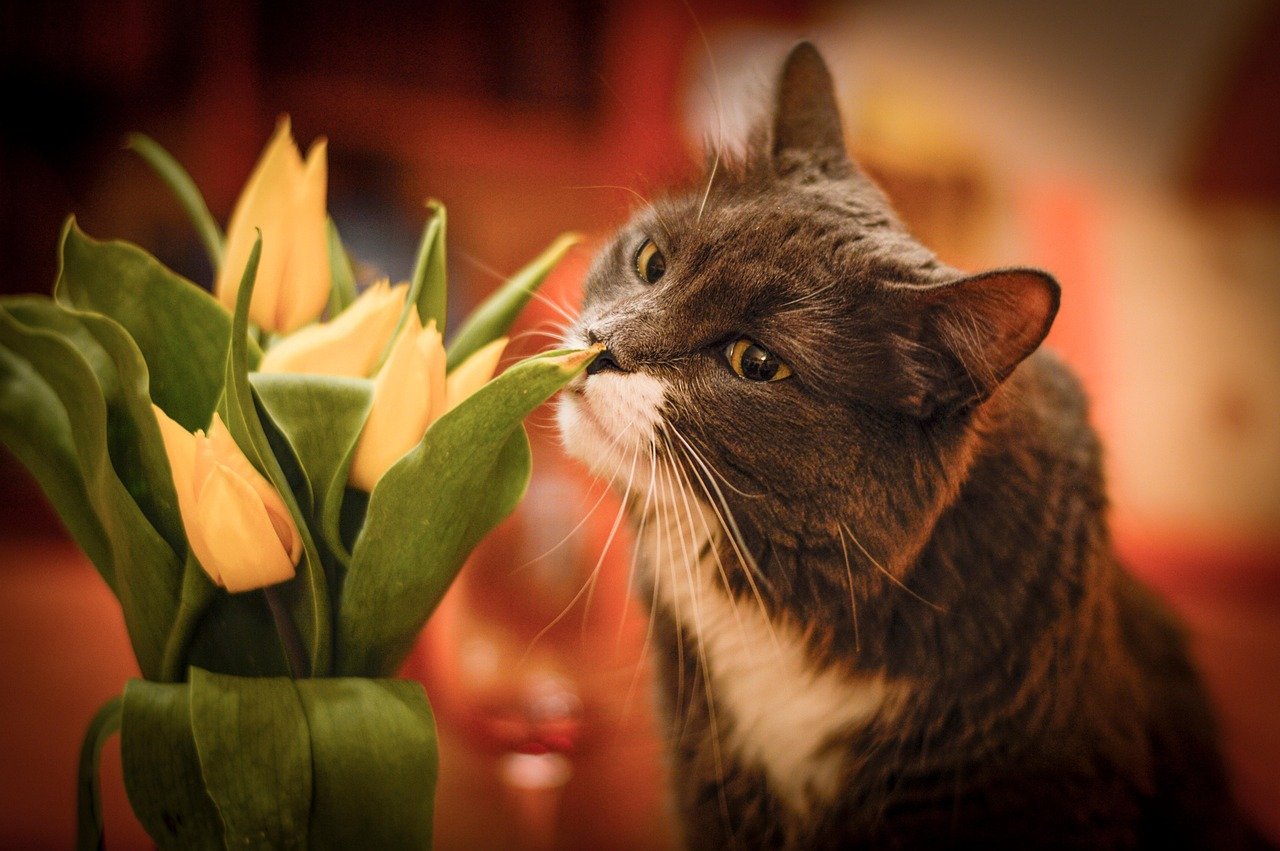
Cats have an incredible sense of smell and can detect changes in human hormones. Men and women give off different pheromones, especially when they are stressed, happy, or experiencing changes in their bodies. Some cats may react more positively or negatively to these subtle chemical signals. For example, a cat might become clingy or aloof depending on the hormonal state of the people around them. It’s a silent language that humans barely notice, but cats pick up on it right away.
Empathy and Emotional Sensitivity
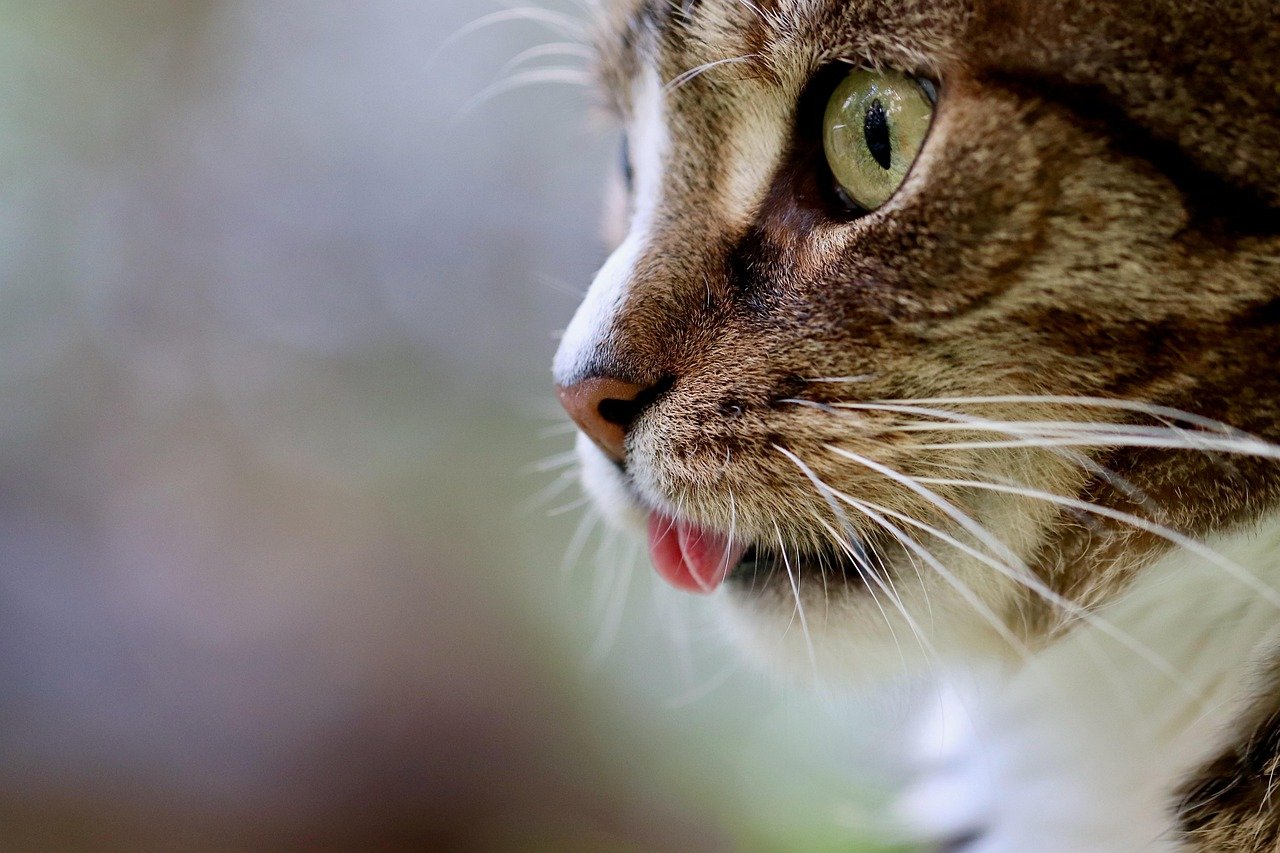
Many cat owners believe their pets can sense emotions. Some research suggests that women may be more emotionally expressive, making it easier for cats to read their feelings. Cats might respond to a crying woman with comforting purrs or cuddles, while they might not react the same way to a man showing less emotion. This doesn’t mean cats love women more—it just means they might find emotional cues easier to interpret in some people.
Past Trauma or Fear Responses
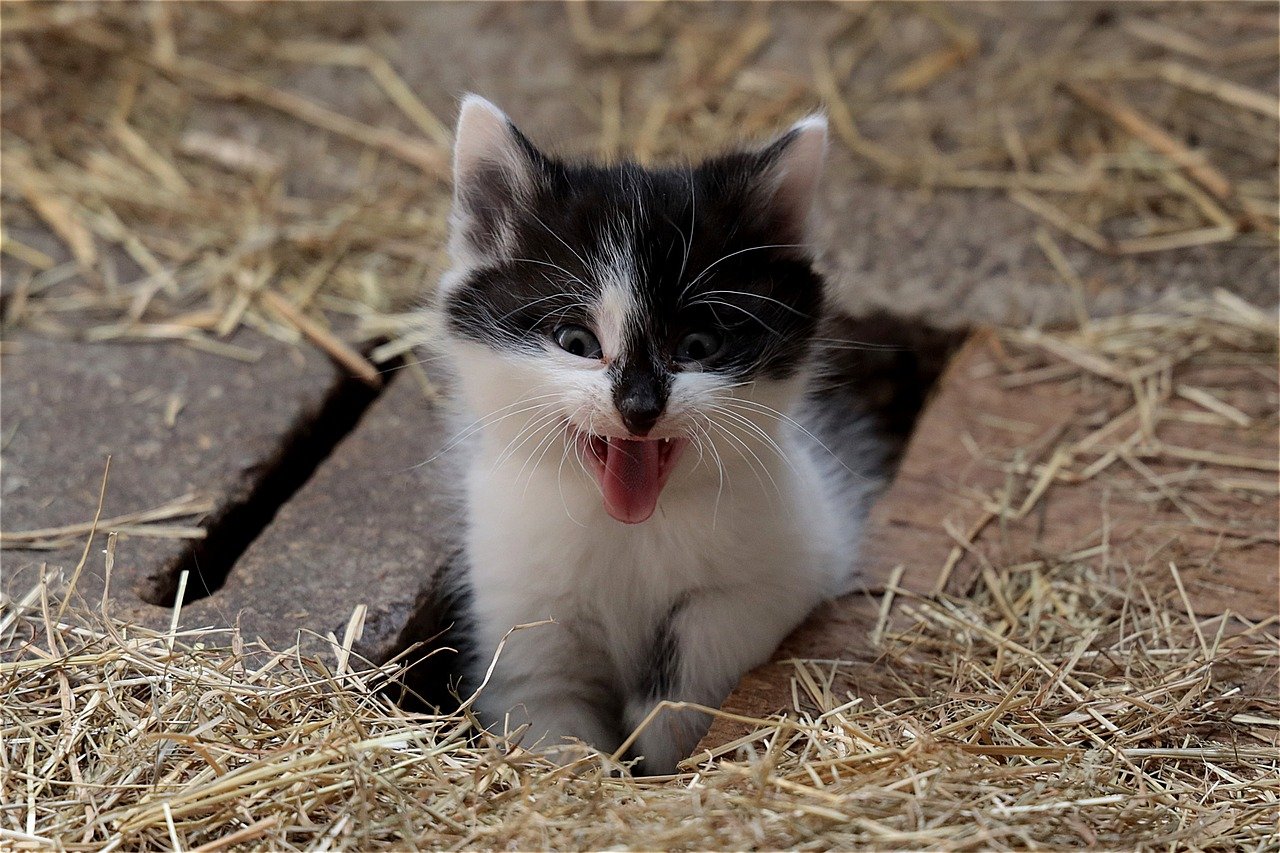
Cats that have had bad experiences with a particular gender may develop long-lasting fears. For example, a rescue cat that was mistreated by a man may be wary of all men, even kind ones. This is similar to how people might avoid dogs if they were once bitten. Healing those wounds takes time, patience, and lots of gentle reassurance. It’s a stark reminder of how deeply cats remember both kindness and harm.
Voice Modulation: Soothing or Startling

Women often use a more varied and soothing tone when talking to cats. This can make them sound more like a mother cat, which is comforting to many felines. Men might use a more constant or monotone voice, which some cats find less engaging. Cats love to hear their names in a sweet, gentle tone—it’s like music to their ears. Changing the way you speak to a cat can make a huge difference in how they respond.
Consistency and Routine

Cats adore routine. If a woman is consistently the one providing care, play, or comfort, cats will gravitate toward her. If a man is the keeper of the treats or the lap that’s always open for naps, he’ll become the favorite. Cats build trust through predictability. Sudden changes or inconsistencies can make them nervous, no matter who’s involved. The more reliable you are, the more a cat will trust you, regardless of your gender.
Personal Experience: A Cat’s Unique Choice

Every cat is different. Some have strong preferences for men or women, while others love everyone equally. One orange tabby I knew adored my dad’s deep voice and rough hands, while my friend’s calico was a total “momma’s girl.” Sometimes it’s not about gender at all—it’s about the unique connection that forms through countless little interactions. Cats are mysterious, and their choices often defy logic. That’s part of what makes loving them so magical.
Learning to Adapt: Winning Over Any Cat

No matter your gender, you can win a cat’s trust. It takes patience, observation, and a willingness to meet the cat on their terms. Soft voices, slow movements, and lots of treats are a good start. Paying attention to a cat’s body language and respecting their boundaries is key. Over time, even the shyest or pickiest cat can become a loyal companion. The secret is building trust, one gentle moment at a time.
The Joy of Feline Friendship

Cats have their quirks, but that’s what makes them so lovable. Whether your cat prefers men, women, or anyone who opens a can of tuna, their affection is always special. Each bond is unique and worth cherishing. Understanding why cats react differently to men and women helps deepen the connection and brings more harmony into the home. After all, isn’t it wonderful to be chosen by a cat, no matter who you are?
Hi, I’m Bola, a passionate writer and creative strategist with a knack for crafting compelling content that educates, inspires, and connects. Over the years, I’ve honed my skills across various writing fields, including content creation, copywriting, online course development, and video scriptwriting.
When I’m not at my desk, you’ll find me exploring new ideas, reading books, or brainstorming creative ways to solve challenges. I believe that words have the power to transform, and I’m here to help you leverage that power for success.
Thanks for stopping by, Keep coming to this website to checkout new articles form me. You’d always love it!






